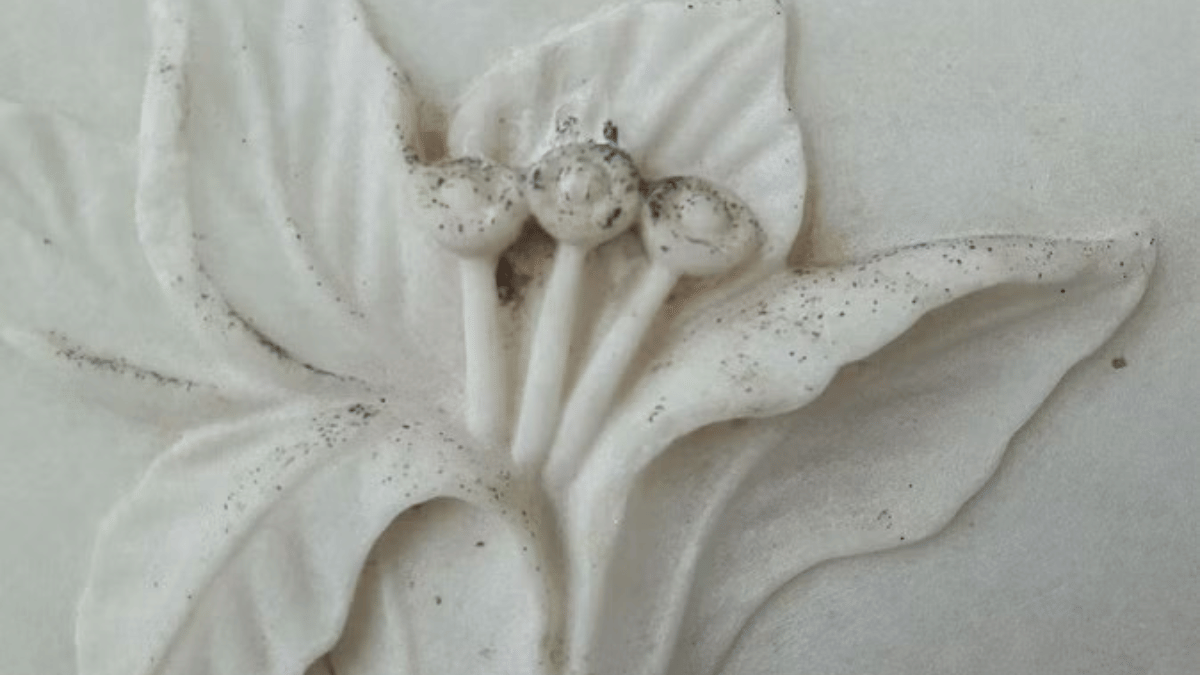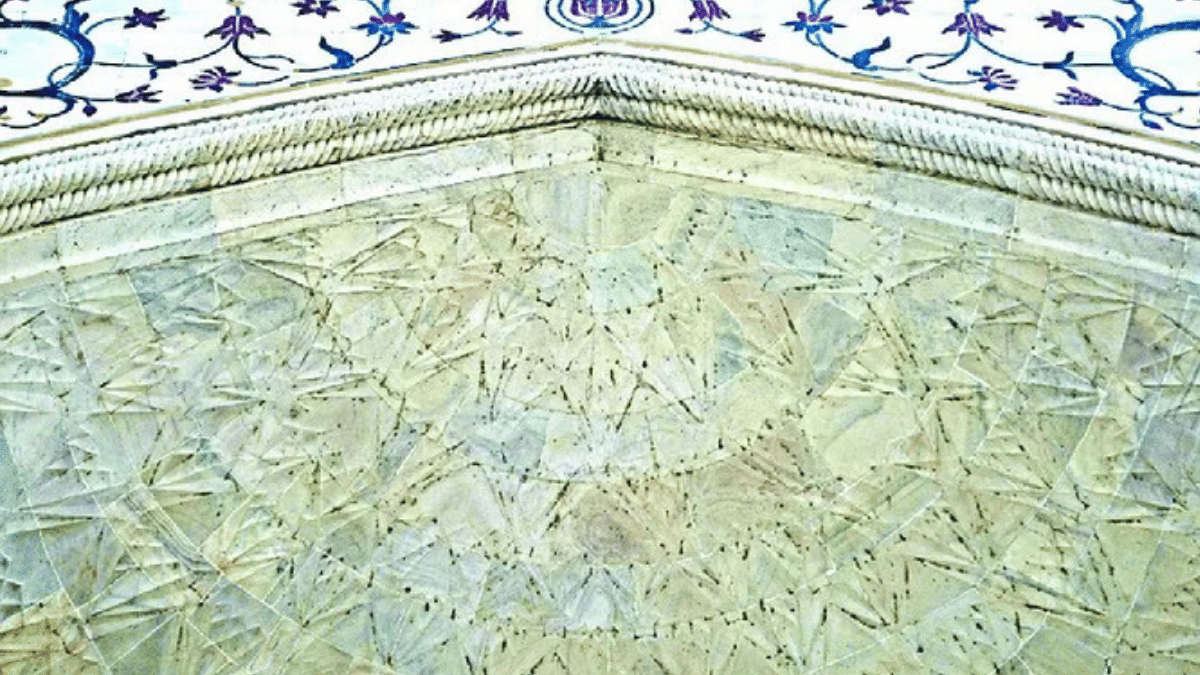Agra: The Taj Mahal is under threat from a tiny insect that is turning its white marble green with its droppings, according to The Archaeological Survey of India (ASI), which is responsible for the conservation and maintenance of the monument.
To counter the problem, ASI has embarked on a study this month — which may take up to a year to be completed — to find a long-term solution to stop the insect’s growth and preserve the beauty of the Taj Mahal, ThePrint has learnt.
ASI superintending archaeologist in Agra, Rajkumar Patel, told ThePrint Monday that the insect problem has been persistent since 2015, except for 2020 when the pollution levels were low owing to the lockdown.
This year, the insect has been present in greater numbers and is still breeding, despite the drop in temperature, said Patel, adding that in previous years the insects disappeared by October-end, when the temperature started to drop.
“Temperatures between 28-35 degrees Celsius have been noticed to be ideal for these insects to be active, but they are still present this year, despite the temperature in Agra having dipped to below this range,” said Patel.
He added: “The insects prefer to take short flights away from the water while they mate and the north wall is the worst affected, but these insects could spread to the adjoining areas too”.

As reported by ThePrint earlier, the insect, Goeldichironomus, was first spotted in 2015, leaving dark brown and green stains on the marble and inlay work of the Taj Mahal.
The insect breeds in the polluted waters of the Yamuna river, on the banks of which the monument was built.
The ASI has been trying to get rid of the stains by washing them with distilled water and rubbing them with a cotton cloth. However, the insect keeps reappearing every year on the north wall during its breeding season — between March and April and September and October — according to the ASI.
Need for long-term solution
According to Patel, ASI’s chemical department is conducting a detailed study on ways to stop the growth of these insects on the Taj Mahal’s surface.
The study may take a year or more, as it will require understanding the breeding cycle of the insect, the conditions required for its proliferation, as well as determining the way to stop the insect from attacking the monument, he added.

“The particular areas of the monument that are worst affected by these insects have been identified and are being cleaned regularly to prevent the deposit of the feral material left by the insects on the surface from hardening,” said Patel.
(Edited by Richa Mishra)
Also Read: See Taj Mahal from the sky — Agra to offer tourists hot air balloon rides this week






